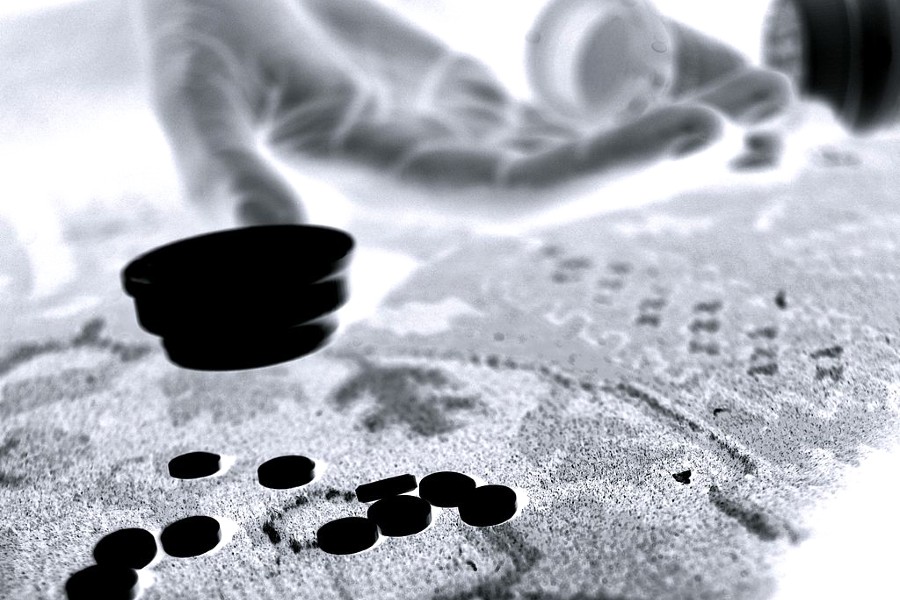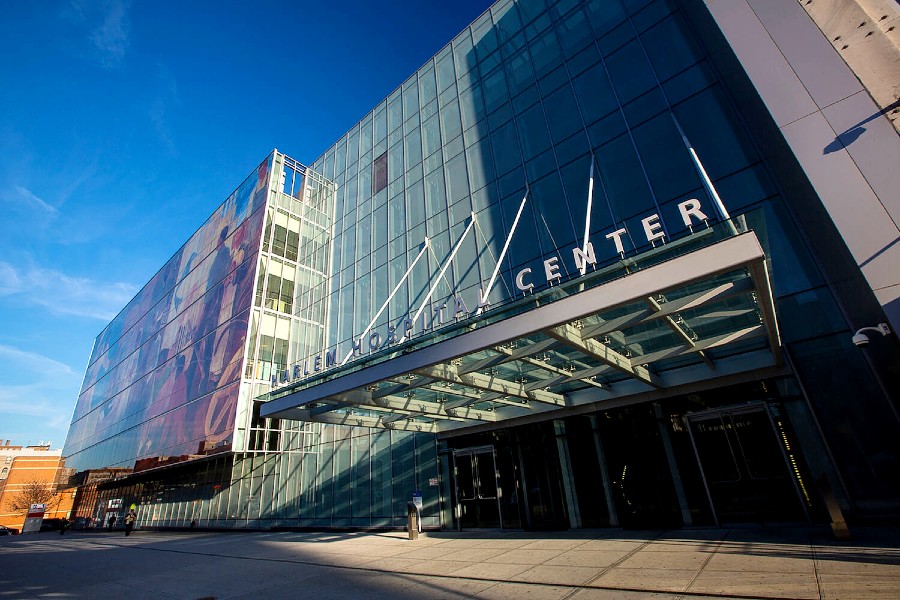
Most of us know what it means to have knee pain for one reason or another.
As in humans, knee injuries in dogs have multiple causes. They can occur with age due to arthritis (in most cases), ligament tear, injuries to the meniscus, obesity, etc.
The good news is that there are different ways you can prevent and treat such conditions. Here are 5 ways to keep your dog’s knees healthy and protected:
- Keep an eye out on your dog’s symptoms.
If there is any change in the knee, no matter how small it may seem, it will be manifested primarily by lameness or difficulty walking.
Your dog will have a wobbly or stiff gait due to pain, making it difficult for it to get up or lie down. Do not avoid these symptoms and act promptly to aid your dog’s pain.
- Understand risk factors.
All dogs can have knee problems regardless of breed and age. However, senior dogs and certain breeds are more prone to knee injuries. Understanding these factors can help you prevent potential knee injuries more effectively.
- Dog-proof your home.
A large piece of furniture with sharp corners can cause your dog to get injured if they get caught in it. Protect your pet’s knees by dog-proofing the environment in which it lives so that it does not suffer from injuries.
- Join supplements.
As your dog gets older, you need to start giving it joint supplements. Even if it has no visible suffering, your dog’s joints will become stiff, and it will have difficulty walking. Collagen and glucosamine supplements are effective in improving mobility in dogs.
- Give your dog a proper diet.
Too much food of poor quality and lack of exercise can lead to obesity in dogs. The extra pounds will put pressure on your pet’s joints, especially on the knees. Give your dog quality food and do not overfeed it.

It is always better to prevent than to treat, but if it is too late for that, here are 4 ways to improve your dog’s knee injuries:
- Physiotherapy.
This treatment can be as beneficial to dogs as it is to humans. Depending on the condition they suffer from, physiotherapy in dogs can be represented by:
- Massage
- Passive movements to tone muscles
- Warm or cold compresses
- Muscle electrostimulation
- Specific therapeutic exercises
- Hydrotherapy (swimming or walking on a running band underwater)
- Acupuncture
- Electrocupuncture
These procedures combined with rest can improve the results.
The benefits of veterinary physiotherapy can be seen in pets of all ages – specific treatment methods can be useful for both young and adult pets. In young pets, physiotherapy can help them develop harmoniously, while in adults, it can improve their physical condition. This therapy is also beneficial for senior pets suffering from age-specific diseases (obesity or joint problems).
- Laser therapy.
This therapy can help improve all kinds of knee injuries, including anterior cruciate ligament (ACL) and cranial cruciate ligament (CCL) tear. There are several ways to use low-level laser therapy, you can take your dog to the vet and take the laser treatment over there or you can use a cold laser therapy device for dogs at home.
Knee pain can have many causes:
- Ligament ruptures
- Meniscus rupture
- Arthritis
- Tendinitis, etc.
Knee pain can also be caused by blows, infections, lack of joint fluid, etc.
The laser device is positioned on the affected knee and held for 4 minutes on each side. The laser light reaches the cellular level, stimulating the cells to produce ATP (adenosine triphosphate). ATP promotes the normal functionality of cells and improves the body’s natural healing processes.

Laser therapy reduces pain and inflammation in the knee and promotes healing.
- Medication.
Administer medication only on the recommendation of your veterinarian. Drug therapy generally consists in administering anti-inflammatory and analgesic medication. These drugs are recommended in mild cases of knee injury where surgery is not required.
- Surgery.
Veterinarians recommend knee surgery depending on the type of injury and the degree of damage that has been sustained. Having cruciate ligament surgery is a must-have as the dog will not be able to recover on its own or with just rest alone.
Surgery is often combined with drug therapy, physiotherapy, and/or laser therapy for increased efficiency and recovery.
Become a Harlem Insider!
By submitting this form, you are consenting to receive marketing emails from: Harlem World Magazine, 2521 1/2 west 42nd street, Los Angeles, CA, 90008, https://www.harlemworldmagazine.com. You can revoke your consent to receive emails at any time by using the SafeUnsubscribe® link, found at the bottom of every email. Emails are serviced by Constant Contact








